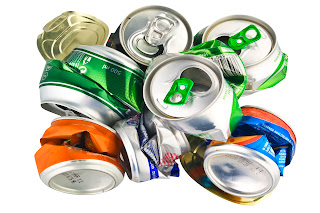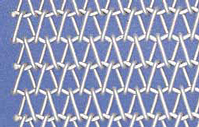Being that we’re already a transnational company with
offices both in Ontario and Upstate New York, it shouldn't come as any surprise
that Furnace Belt does a fair share of its business internationally. A good 10%
of our total annual revenue on average comes not only from neighboring North
American countries like Mexico, but also nations farther afield: places like
Australia, South Africa, Turkey, and throughout the Middle East. All of these
countries have sizable food processing and manufacturing industries (indeed some
of them gargantuan), and all of them require conveyor belt meshes that let
their production processes run smoothly and competitively. Since North America
has a long legacy of providing quality industrial products, it only makes sense
that other nations would reach out to places like Furnace Belt to furbish their
production lines with the best technology money can buy.
For instance, Australia and South Africa have an abundance
of mines dispersed across their territory. Australian copper and South African
diamonds are, after all, practically household names in the global market. That
being said, these countries rely upon a constant supply of industrial conveyor
belts to extract the riches from beneath their soil. World-famous conglomerates
in both of these countries would never be what they are without the necessary
means of extraction engineering.
That’s what we’re here to do at Furnace Belt. As part of the
North American manufacturing network that runs roughly from Chicago to north of
Toronto, we make it our business to insure that other developing countries get
the equipment they need to continue to grow their nascent economies. Global
prosperity is a prospect we champion and relish the thought of. If you’re a customer in
another country who wants durable, precision conveyor belt meshing for any type
of industry, we’re always ready to hear from you via email or telephone.
Let us know today!




